Theory of constraints
The Theory of Constraints is a theory championed by Dr. Eliyahu Goldratt, a well-known business management theorist. He first introduced this theory in his 1984 work, “The Goal”. Over the years the theory has further evolved to become a core part of management theory.
Core concept
According to the “Theory of Constraints’ (hereinafter referred to as TOC), the production system is considered to be a chain. This chain is made of multiple links. The weakest link is known as a ‘constraint’. Theoretically, a system with no constraint should be able to generate infinite output. However, that is impractical. This indicates the existence of a ‘constraint’. The Theory of Constraint analyses the system identifies the weakest link or ‘constraint’ and works to strengthen the said link. This, in turn, strengthens the entire system and improves efficiency and productivity.
TOC uses certain thinking processes as tools to identify and deal with constraints.
These include three major questions
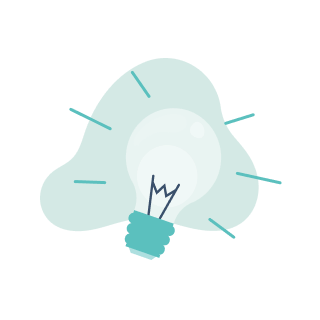
What to change?

What to change it to?

How to cause the change?
What is a Constraint?
The weakest link in the production system is known as a ‘constraint’. ‘Constraints’ are also referred to as ‘bottlenecks’ in management practice. Goldratt defined a constraint as “Anything that limits a system from achieving higher performance versus its goal.” Theoretically, eliminating said constraint through improvements in the link will lead to increased efficiency in the production system.
Constraints can manifest in multiple different ways. They can be internal or external constraints; physical or policy constraints and so on. Some examples of constraints are
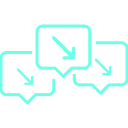
Lack of demand
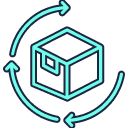
Inconsistent supply
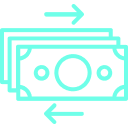
Inconsistent cash flow

Limited employee competencies
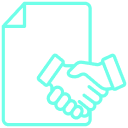
Limiting policies
The most common of these constraints is policy-related constraints. For example, government laws or policies that limit the scope of the company, or mismanagement of departments due to inefficient company policies.
The Five Focusing Steps
1. Identify
The first step is to identify the constraint or bottleneck. In certain cases, the constraint could be obvious and in others, less so. A good strategy would be to examine the part of the process that takes the longest time as this could hint at inefficiencies. Another strategy is to look where the largest amount of work is concentrated as this could show you an overburdened employee or department.
2. Exploit
This step involves trying to fix the constraint without any added investment. This could mean figuring out how to exploit the constraint to its maximum capacity. For example, in the case of production machinery, schedules could be reworked to assure maximum efficiency. Or in the case of departments, it could mean a better division of labour.
3. Subordinate
This step involves aligning procedures around the constraint in a way that will best support the constraint. This step may be the hardest to accomplish as it involves changes in multiple procedures at once.
4. Elevate
If the constraint still hasn’t improved, then now is the time to consider additional resources or investments to break out. On the other hand, if the constraint is working at an average level, this step may be used to elevate said constraint for optimal efficiency.
5. Avoid Inertia and Repeat Process
TOC and the Five Focusing Steps are all about constant improvement. Hence, the moment you identify and resolve one constraint, it is time to restart the process and move on to the next process. Goldratt referred to the process as, ‘a process of ongoing improvement’ or ‘POOGI’.
Throughput Accounting
Traditional accounting practices are known to have certain distortions that may hamper long-term profits. Throughput Accounting is an alternate accounting methodology that attempts to overcome said distortions.
Throughput Accounting considers inventory as a liability instead of an asset and hence aims to minimise inventory while simultaneously maximising productivity. The cash freed up from non-productive inventory can then be channeled elsewhere.
Throughput Accounting is based on three major concepts

Throughput
Throughput is all the capital generated from clients minus raw material

Investment
Money tied up in inventory i.e., physical things such as product inventory, machinery, real estate, etc. Raw material sitting in warehouses also comes under inventory

Operating Expense
Money spent for the creation of throughput and converting inventory to throughput is considered the operating expense


